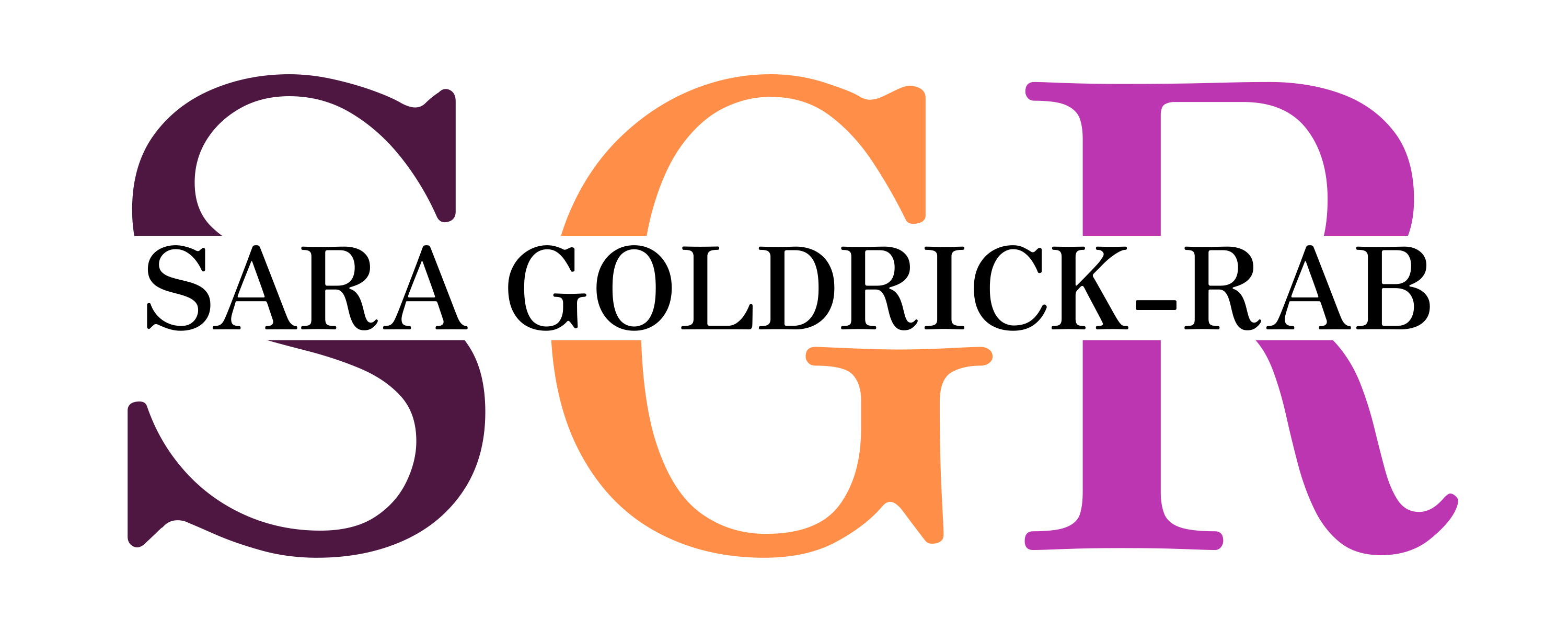Connecting Students to Basic Needs Hubs During the COVID-19 Pandemic: An Evaluation of a Cross-Sectoral Partnership (2023)
Reducing basic needs insecurity among community college students is an equity imperative for improving college attainment, particularly given the challenges the pandemic introduced. One popular approach is co-locating campus support services to help students access support (beyond financial aid), including public benefits and emergency aid. Some institutions operate their own basic needs hubs, while others engage outside providers. This study evaluates a campus-based cross-sectoral approach at two community colleges in King County, Washington. Together, the United Way of King County and area colleges and universities operate “Benefits Hubs” for students, offering support from peer navigators and helping them access financial resources and information. However, many students experiencing basic needs insecurity do not use hubs—a problem shared by many other student support services. Is it possible to increase students’ use of hubs through low-cost outreach? Does that outreach also improve students’ academic outcomes? Evaluators examined these questions during the COVID-19 pandemic, a time when students’ needs for support were especially high, and staff were particularly constrained. The colleges collectively identified a group of approximately 3,000 low-income students who might be eligible for public benefits and thus find the Benefits Hubs’ support useful. Those students were divided at random into two groups. Beginning in fall 2020, staff sent the first group emails encouraging them to use hubs. The second group did not receive that outreach but still had access to hubs. A comparison of the two groups following that outreach revealed whether sending those emails—a strategy widely known as “nudging”—those students improved their use of hubs and/or their odds of academic success in terms of grades and retention. The results are mixed and largely inconclusive. On the one hand, outreach modestly increased students’ use of Benefits Hubs. It also reached students in several target demographic groups—older students and those from marginalized communities who are at heightened risk of basic needs insecurity. This suggests that informational barriers contribute to basic needs insecurity and may be partially overcome with inexpensive outreach strategies. However, the benefits of outreach dissipated over time, potentially because the targeted students shared information with their peers who did not receive the emails, and then those students also used hubs. Even with the additional outreach efforts, most targeted students did not use hubs and academic improvements were not evidenced. As community colleges continue to recover from the pandemic and support students to graduation, providing basic needs supports to help students afford college may help. There are several reasons why this evaluation might understate the benefits, including analytic limitations and how the pandemic affected the program. Recent legislation and philanthropy are funding many basic needs hubs, making it especially important to engage in ongoing assessment to develop strategies for strengthening their use and ensuring maximum equitable impact.
